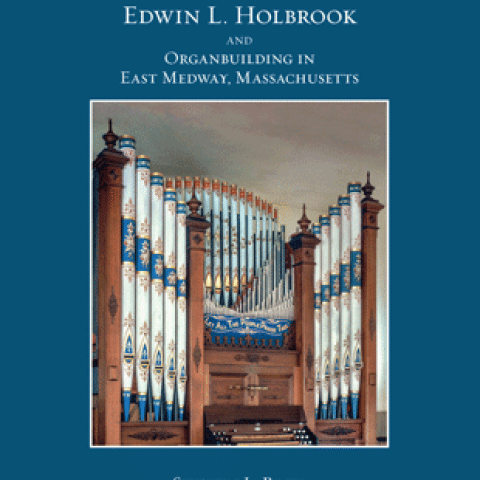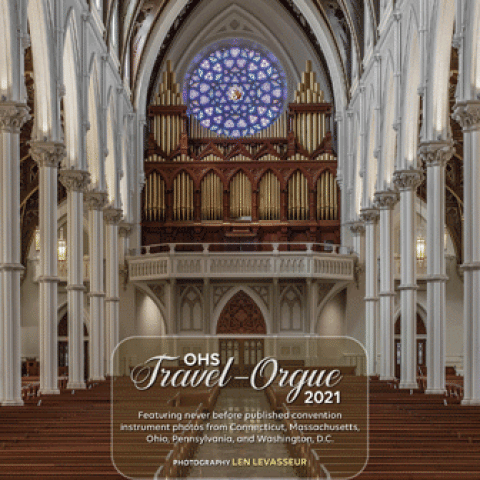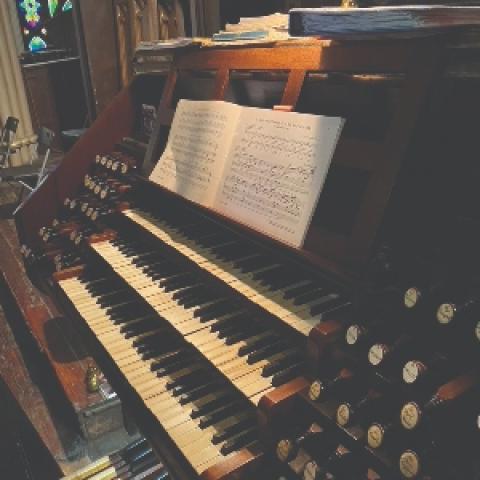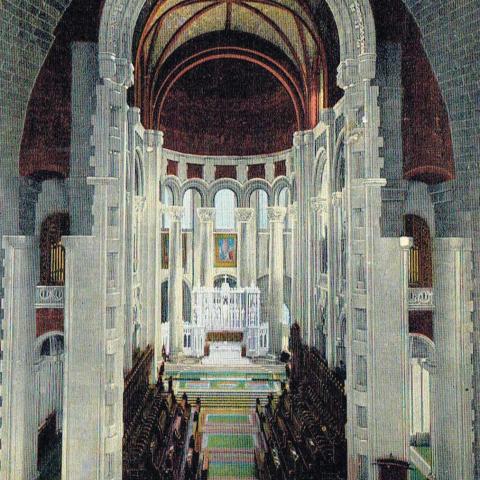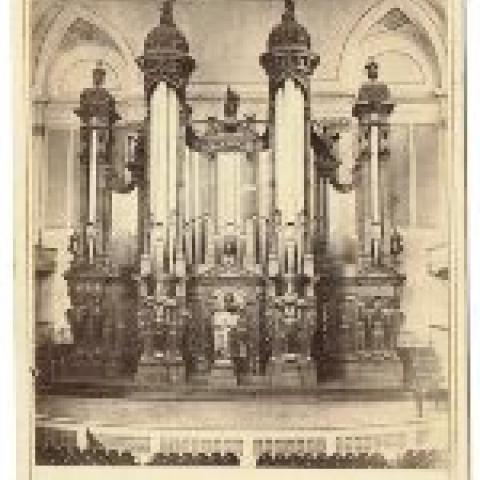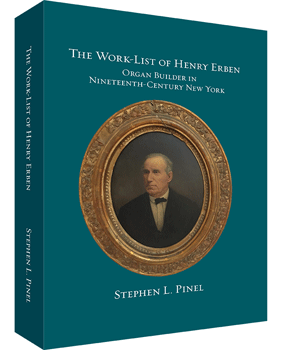
The Organ Historical Society’s OHS Press announces the publication of The Work-List of Henry Erben: Organ Builder in Nineteenth-Century New York, by longtime OHS archivist, Stephen L. Pinel.
The culmination of 35 years of research, this hardbound, limited edition book of more than 600 pages tracks Erben’s work with copious annotations, documentation, and stoplists, accompanied with photography by Len Levasseur and William T. Van Pelt.
The volume also includes facsimiles of many of Erben’s published lists and catalogues, most never seen by modern historians. Signed and numbered copies can be purchased for $150.
For information: organhistoricalsociety.org.

